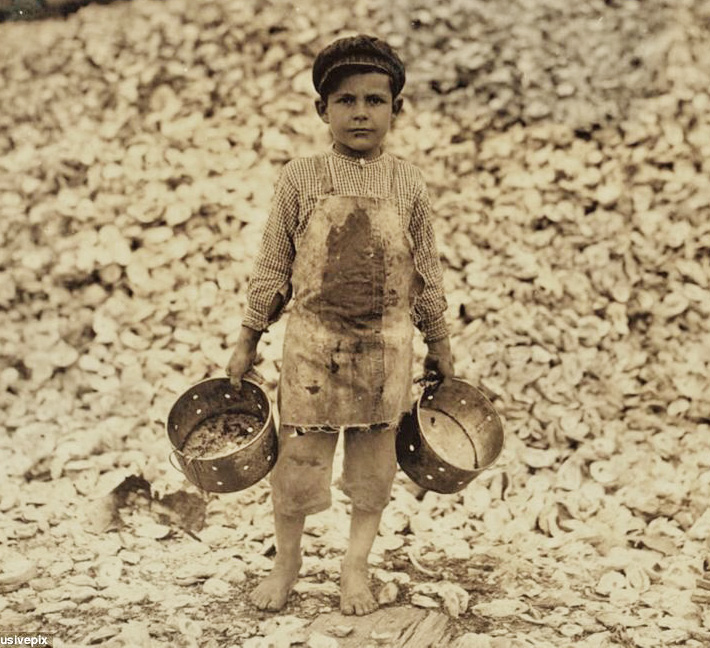 In prehistoric times almost everyone did what we now consider the “dirty work.” But ever since the Sumerians developed an agricultural system (circa 5000 BC)—which created a stable supply of food allowing the population to grow, settle down and develop a division of labor that included skilled and unskilled work—most people have been angling to get out of doing the most menial, repetitive, mindless grunt work.
In prehistoric times almost everyone did what we now consider the “dirty work.” But ever since the Sumerians developed an agricultural system (circa 5000 BC)—which created a stable supply of food allowing the population to grow, settle down and develop a division of labor that included skilled and unskilled work—most people have been angling to get out of doing the most menial, repetitive, mindless grunt work.
But is there an advantage to doing the thankless and lowly task?
 In an intervew for our book, Philippe Petit, the greatest living high wire master (whose spectacular feats include his walk between the World Trade Center Towers 110 stories in the air) proselytizes for dirty work:
In an intervew for our book, Philippe Petit, the greatest living high wire master (whose spectacular feats include his walk between the World Trade Center Towers 110 stories in the air) proselytizes for dirty work:
“How can you achieve greatness if you haven’t experienced the hard lessons of life? To become a great theatrical director, a great actor or a Renaissance man, you have to do all the jobs most people don’t want to do, like washing dishes and shoveling horseshit. When I was young, I did everything by myself and would have sometimes 12 seconds to change from my dirty, rigging clothes to my performance outfit. ….You will never learn that Googling ‘how to’ from a comfortable armchair.”
Recently, Petit has revealed some of the secrets of his trade, which are key to rigging, in his own charming book, “Why Knot? How to Tie More Than Sixty Ingenious, Useful, Beautiful, Lifesaving, and Secure Knots.” From the sturdy Square Knot to the handy Alternate Loop Coil (used most often to to gather or coil rope for transport or storage), Petit lays out dozens of the hundreds of knots he has mastered. And he offers a meditation on knots, including answers as to why knots have been such a vital part of his life, so much so that he named his daughter Cordia in honor of them.
“The more knots I learned, the more selective I became in deciding which was the perfect candidate for a specific rigging application. With time, because my installations became safer, my mind grew free from terrestrial concerns, which lent my aerial promenades more elegance and thus made them more inspiring.”
Buy “The Art of Doing” here. Signup for “The Art of Doing” free weekly e-newsletter. Follow us on Twitter. Join “The Art of Doing” Facebook Community. If you’ve read “The Art of Doing” please take a moment to leave a review here.
